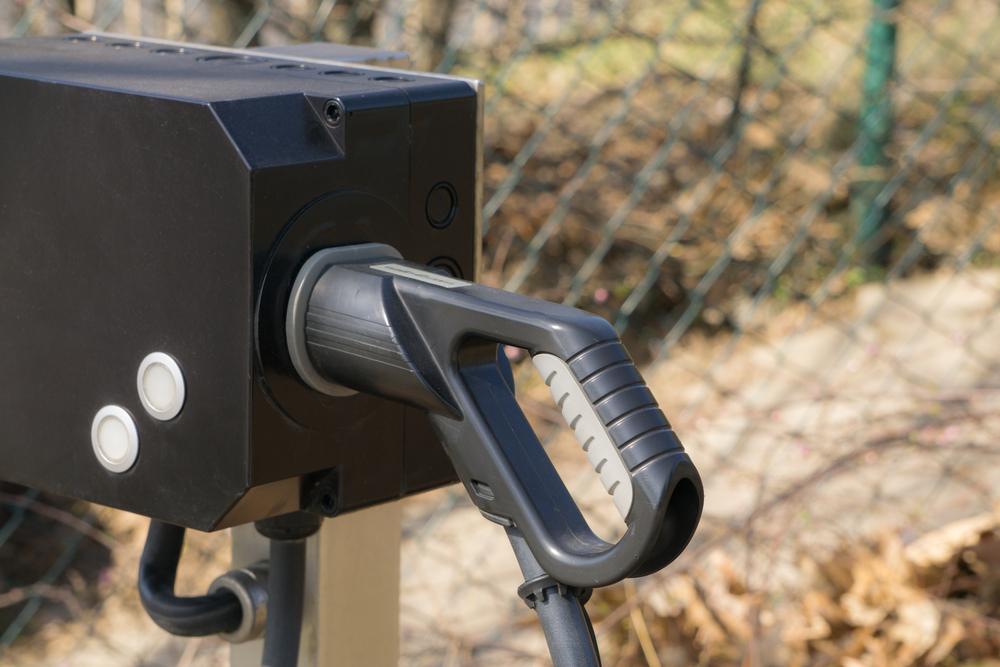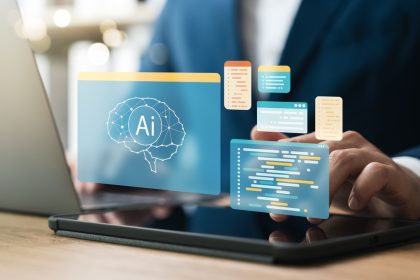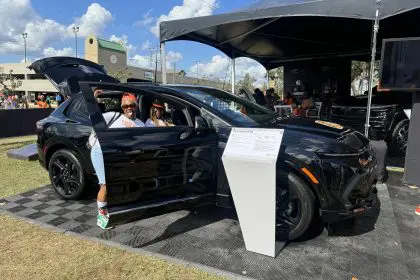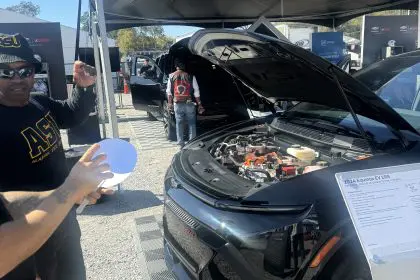Detroit, the cradle of America’s automotive might, has spent over a century shaping how the world moves. From Henry Ford’s assembly line in 1913 to the roaring factories of the mid-20th century, the Motor City built a legacy on steel, sweat, and gasoline. Now, it’s plugging into a new era, one powered by electricity rather than fossil fuels. The shift to electric vehicles (EVs) isn’t just a trend here, it’s a reinvention, with three key forces steering Detroit toward a future that honors its past while racing ahead.
The city’s industrial DNA runs deep. Once home to 1.8 million people in the 1950s, Detroit churned out cars that defined American life, with Ford, General Motors (GM), and Chrysler leading the charge. Today, its population hovers below 700,000, but the automotive spirit endures. As global demand for EVs surges, projected to reach 31% of vehicle sales by 2030, Detroit is leveraging its history, talent, and infrastructure to reclaim its throne, this time with cleaner energy.
Big Three bets on electric power
The first spark comes from Detroit’s iconic trio, Ford, GM, and Stellantis (formerly Chrysler). These giants, rooted in the region, are pouring billions into EV production. GM has committed $35 billion through 2035 to go all-electric, aiming for zero-emission vehicles by that year. Its Factory Zero plant, retooled for electric pickups, hums with activity, while a $2.6 billion battery facility in Lansing bolsters supply chains. Ford, meanwhile, has sunk $7 billion into Michigan projects, including electrifying its Dearborn operations to churn out 2 million EVs annually by 2030.
Stellantis isn’t far behind, investing $1.6 billion to expand Jeep production with hybrid and electric models at its Detroit plant. These moves aren’t just about keeping up, they’re about leading. The Big Three employ over 150,000 in the region, and their EV pivot promises to sustain jobs while adapting to a market where gas-guzzlers are fading. Detroit’s factories, once symbols of industrial might, are now testbeds for a greener tomorrow.
Innovation hubs rise anew
The second jolt flows from revitalized spaces like Michigan Central Station, Ford’s $950 million bet on a mobility hub. Abandoned for decades, the grand depot reopened in 2024 as a center for EV and autonomous tech research. It’s not just nostalgia—it’s a magnet for engineers and startups, with Ford anchoring its efforts to blend cutting-edge software with automotive hardware. The Corktown neighborhood around it buzzes with new energy, drawing talent to a city that knows how to build.
Beyond Ford, the Detroit Regional Chamber’s MichAuto program aligns education with industry needs. Partnerships with the University of Michigan’s EV Center, backed by $50 million for research, churn out skilled workers for a sector demanding expertise in batteries and AI. The region’s 56,000 annual graduates feed this pipeline, ensuring Detroit doesn’t just ride the EV wave, it shapes it. From derelict lots to innovation corridors, the city’s landscape is shifting.
A culture embraces the charge
The third surge is cultural, rooted in Detroit’s love affair with cars. This isn’t just about manufacturing, it’s about identity. The Woodward Dream Cruise, an annual rite, now showcases electric models alongside classics, reflecting a city eager to merge tradition with progress. The North American International Auto Show, a global stage, highlights EVs as Detroit’s next chapter, drawing crowds and investors alike.
This shift isn’t seamless, EVs require 30% less labor than traditional cars, raising questions about jobs. Yet, retraining programs, like those tied to a $52 million federal grant, aim to transition workers into battery and tech roles. Community buy-in is palpable—EV.com, a local platform, simplifies shopping for electric rides, connecting Detroiters to a market that’s both sustainable and homegrown. The Motor City’s pride, once dented by bankruptcy in 2013, is recharging through this collective push.
Navigating the road ahead
Challenges loom, the 2008 recession battered Detroit, and global rivals like Japan and China now vie for EV dominance. Labor unions, vital to the city’s past, grapple with automation’s rise. Still, resilience defines Detroit. The Big Three’s investments, over $6.5 billion since 2019, signal confidence, while state incentives keep firms rooted. The Texas Space Commission’s $350 million push for aerospace offers a blueprint, but Detroit’s edge lies in its 23,000 aerospace pros and automotive know-how.
Infrastructure lags elsewhere, but not here. Michigan’s first U.S.-Canada EV corridor, announced in 2022, links Detroit to broader networks. Charging stations sprout along highways, easing range anxiety. The city’s strategic spot near Great Lakes resources, steel, copper, lithium, fuels production, echoing its early days as an industrial powerhouse. Detroit isn’t just adapting, it’s accelerating.
A legacy recharged
Detroit’s reinvention feels tangible, the Big Three’s EV bets, innovation hubs like Michigan Central, and a car-loving culture form a trifecta that could cement the city’s place in the electric age. Population ticked up in 2024, the first gain since 1957, hinting at renewal. The global EV market, worth $384 billion in 2023, is Detroit’s to chase, with its factories and brain trust in sync.
This isn’t a farewell to gas, it’s a hello to volts. Detroit built the American Dream on wheels once before. Now, it’s doing it again, quieter, cleaner, and just as bold, the Motor City’s legacy isn’t fading, it’s plugging in.


















